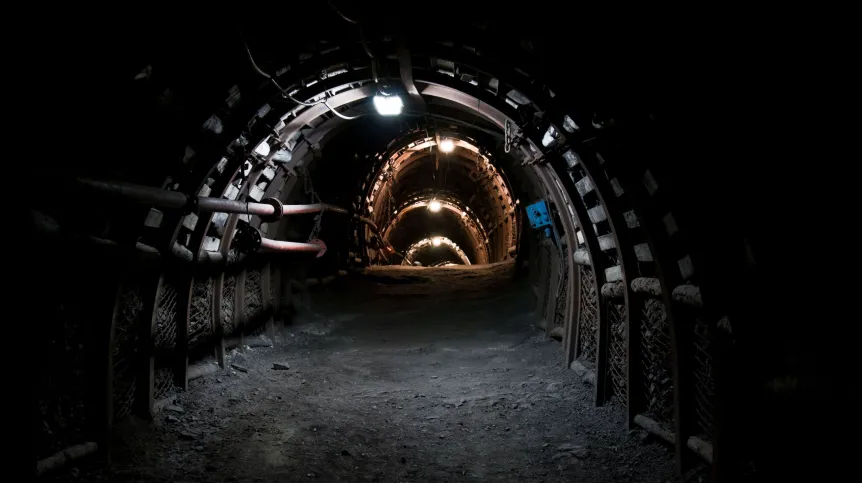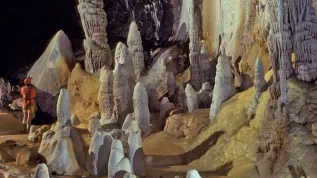
Following the shock death of over 10 miners in Poland last month, a leading expert has said that uneven methane saturation causes the worst problems during coal extraction in a mine.
Dr. Marek Borowski, a mine ventilation expert from AGH UST in Kraków, added that when miners reach areas with an increased methane content, the gas flows out with high intensity.
Aa result of trees dying, over the centuries forests formed layers which, under the influence of temperature and pressure, transformed from wood into peat, and then into lignite and coal. Diamonds also form in the same process. Methane was also produced during the substance decay and transformation into coal.
Dr. Borowski from the university’s Faculty of Civil Engineering and Resource Management said: “Some coal deposits can spontaneously degas over the centuries. These are non-methane deposits or deposits with trace amounts of methane. On the other hand, there may be exceptionally favourable natural conditions for gas accumulation. This happens when there are impermeable layers between the coal deposits and the surface. Then methane cannot run off, and the only path of its release arises during coal extraction.”
According to the expert, uneven methane saturation causes the worst problems during coal extraction in a mine.
He continued: “Sometimes we come across pressurized methane reservoirs - then the methane flows out with great intensity. These are situations that we are not able to fully predict and control despite the geological surveys before mining commences.
'Not every strike is risky because in such close proximity we know what to expect. However, it must be taken into account that the length of the mining excavation where coal is extracted is 200 meters or more. When we select a layer of coal deposit, the other layers that lie above it drop down. We are dealing with a constant movement of rock layers that can be compared to +flowing lava+. Inside this lava, there may be geysers that we are not able to notice before.
“Before extraction, we drill boreholes. Based on the holes, the deposit and gas content in this deposit are estimated. These boreholes may have a varying network - sometimes they are drilled every 1 km, other times every 5 km, and sometimes every 10 km. On this basis, mines are designed and built. The geology of a given site is recreated and the course of deposit layers forecasted, the gas content and distribution is determined.”
Borowski added that experts cannot predict all geological disturbances such as faults and folds that affect methane emissions. He said: “It is geology that disrupts the distribution and flow of methane. We are not able to take an X-ray that would show us everything.
“During coal extraction, the ventilation system is working all the time and special machines monitor the condition of air, methane and other gases. 'Every second we see it all on the monitors. This monitoring process continues without interruption.
“Those responsible for mining work monitoring can notice and counteract any natural hazards, but they are not able to predict all situations, for example, a sudden gas release in a very short time.”
Last month, two explosions took place, first in the Pniówek mine in Pawłowice, the second in the Zofiówka mine. The director of the the Zofiówka min, Marcin Gołębiowski said that the concentration of methane was high and that it significantly hindered the rescue operation. (PAP)
Author: Urszula Kaczorowska
uka/ zan/ agt/ kap/
tr. RL













